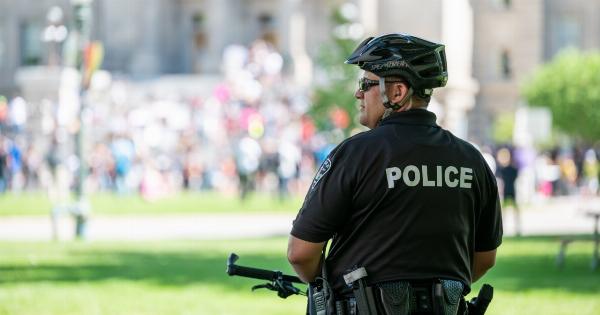Participating in cold weather sports can be exhilarating and rewarding, but it is essential to prioritize your safety and comfort to truly enjoy the experience.
With the right precautions and gear, you can stay warm and protected even in the harshest winter conditions. In this article, we will provide you with valuable tips and advice on how to stay safe and warm during cold weather sports.
1. Dress in Layers
Layering is key when it comes to staying warm during cold weather sports. Start with a moisture-wicking base layer that will keep your skin dry by pulling sweat away from your body.
Follow it up with an insulating layer, such as a fleece or down jacket, to trap your body heat. Finally, add an outer shell layer to protect you from wind, snow, and rain. This layering system allows you to adjust your clothing according to your activity level and the weather conditions.
2. Protect Your Extremities
It’s crucial to protect your extremities from the cold as they are more susceptible to frostbite. Wear thick, insulated gloves or mittens to keep your hands warm and dry.
Invest in high-quality thermal socks and make sure your boots or shoes are insulated and waterproof. Additionally, wear a comfortable and well-fitting hat or beanie to prevent heat loss through your head.
3. Stay Hydrated
Hydration is often overlooked during cold weather sports, but it is just as important as in any other physical activity. Cold air tends to be drier, which can dehydrate you faster.
Remember to drink plenty of fluids before, during, and after your activity to keep your body properly hydrated. Opt for warm fluids like herbal teas or warm water to help maintain your body temperature.
4. Warm-up Properly
Before engaging in any cold weather sport, ensure you warm up adequately. Cold muscles are more prone to strain and injury, so take the time to do a dynamic warm-up routine.
Include exercises that target the major muscle groups you will be using during your activity. Warming up properly increases blood flow, loosens your muscles, and prepares your body for the physical demands of your sport.
5. Know the Signs of Hypothermia and Frostbite
Understanding the signs and symptoms of hypothermia and frostbite is essential for your safety. Hypothermia occurs when your body’s core temperature drops too low, while frostbite is the freezing of your skin and underlying tissues.
Symptoms of hypothermia include shivering, fatigue, confusion, and loss of coordination. Frostbite, on the other hand, manifests as numbness, tingling, pale or waxy skin, and blisters. If you experience any of these symptoms, seek warmth and medical attention immediately.
6. Take Regular Breaks
Listen to your body and take regular breaks during your cold weather activity. Pay attention to any signs of exhaustion or discomfort. Taking breaks allows you to rest, refuel, and warm up if necessary.
Use these breaks to rehydrate, eat a high-energy snack, and adjust your clothing layers if you feel too warm or cold.
7. Be Mindful of Icy Conditions
Icy conditions are common during cold weather sports, which can increase the risk of slips and falls. Be aware of your surroundings and choose your route or path carefully.
Avoid icy patches whenever possible, and use appropriate footwear with good traction to minimize your chances of an accident. Consider adding ice cleats or crampons to your gear for extra stability on icy terrain.
8. Choose the Right Equipment
Investing in high-quality equipment designed for cold weather sports is crucial for your safety and comfort. Choose boots or shoes that are insulated, waterproof, and appropriate for your specific activity.
Ensure your skis, snowboards, or sleds are in good condition and well-maintained. Don’t forget to wear protective gear, such as helmets, goggles, or padding, depending on the sport you are participating in.
9. Check the Weather Forecast
Always check the weather forecast before heading out to engage in cold weather sports. Stay informed about any changes or warnings that could affect your safety.
If severe weather conditions are expected, consider rescheduling your activity or choosing a more sheltered location. Being aware of the forecast allows you to plan accordingly and make informed decisions.
10. Go with a Buddy
Participating in cold weather sports with a buddy is not only more enjoyable but also safer. Having someone with you provides an extra layer of support in case of an emergency or injury.
If possible, choose a partner who is experienced in the sport and knowledgeable about cold weather safety. Always inform someone reliable about your plans, expected return time, and the location of your activity.
Conclusion
Cold weather sports offer unique challenges and exhilarating experiences. By following these safety precautions and tips, you can ensure your well-being and stay warm while enjoying the outdoors in colder temperatures.
Remember to dress in layers, protect your extremities, stay hydrated, warm-up properly, and be mindful of the signs of hypothermia and frostbite. Choose the right equipment, check the weather forecast, and consider going with a buddy. By prioritizing safety, you can fully embrace the joys of cold weather sports.




























